Are you the captain of a young team and you want to make an impact during your inaugural year in the NCDA? Or maybe you’re just a new player who’s still trying to figure this whole college dodgeball thing out. Either way, Jazzy has you covered with “The College Dodgeballer’s Manifesto” — 16 things to know if you want to excel in college dodgeball. Have your own suggestions for the manifesto? Send them to ncdadodgeball@gmail.com. So, what are you waiting for? Your dodgeball training starts right here!
1. Be aggressive! This is probably the costliest mistake a young squad can make. Your team must not become too passive or cease to attack. Remember, if you get down, the clock is against you, so you need to attack!
2. No long throws. No player needs to make throws longer than 10-12 ft. Throws longer than that are just an easy catch for the other team.
3. Do not attack alone. If you’re alone, you leave yourself wide open after you throw. So make sure to attack in groups of 2-3. It’s also a smart idea to pair up your best arms with a blocker who can protect them full-time.
4. Aim low. High throws are easy catches. If you don’t use the “grippy” throw, aim between the ankles and the knees, especially when your opponent is backpedaling. If you do use the grippy, try to aim low, even though this can be difficult.
5. Catching is the best way to help the team. Good hands are more valuable than strong arms in this game. Pick out opponents during warm-ups and during the first point that have weak arms. When they throw, try to make a catch.
6. Don’t be afraid to jump. A lot of players try to dodge low throws by lifting one leg or side-stepping them, myself included. If a throw is made at your feet, there is a 100% chance you will avoid it if you jump over it!
7. Stay spread out. Instead of having everyone charge to throw and then retreat to the baseline, you need to spread the floor, attack and then be ready to strike after the counterattack. Teams like GVSU do this very well and that’s one of the reasons they win. Having everyone at the baseline is like lining up for a firing squad- someone is sure to get hit.
8. Know where you are on the floor. No stepping out of bounds or over the neutral zone line, period. Remember: as long as you have one foot in on the sidelines and baseline, you’re fine. But you can’t step over the neutral zone line, so keep your distance. Also, catches must be made with one foot inside the line.
9. Protect your teammates. If you see a teammate that has thrown and is about to be thrown at, move forward and use your ball to block the throw. If you don’t participate in an attack, rush forward to cover your throwers as they retreat back to the baseline.
10. Look for your cross–court opportunities. This is the bread and butter of any good team and where your sneaky players will make their living. If you have a ball, hang back, lay low and wait for your chance. When you see an opponent charge and make a throw from across the court, don’t hesitate! Attack!
11. Stay moving. A moving target is much harder to hit.
12. Throw at the same time at the same person. If you attack in a group, target the same player. One ball is easy to avoid. Several balls are not.
13. Do not throw at opponents holding balls. This one is just common sense. If you are going to make a throw, it had better be at a defenseless opponent. Conserve your arm strength by picking your spots and not making foolish throws that have no chance of getting someone out.
14. Communicate with your teammates. Yell out things you see to alert your teammates. “Guy moving up,” “Gotta ball here,” “Everyone throw at this guy.” More communication will invariably lead to more success as a team.
15. Everyone needs to play their position. Whatever your designation, the best way to help the team is by playing your role. Even though some positions aren’t as glamorous as others, your team will need all positions working together if they’re going to win. To illustrate: a thrower gets 5 opponents out during a game but a blocker keeps 10 of his players from getting out. Which is more valuable?
16. Everyone rush. Unless you’re designated to hang behind, you need to participate in the opening rush. The team that has the balls controls the game. Therefore, your team needs to get as many of the balls as they can.






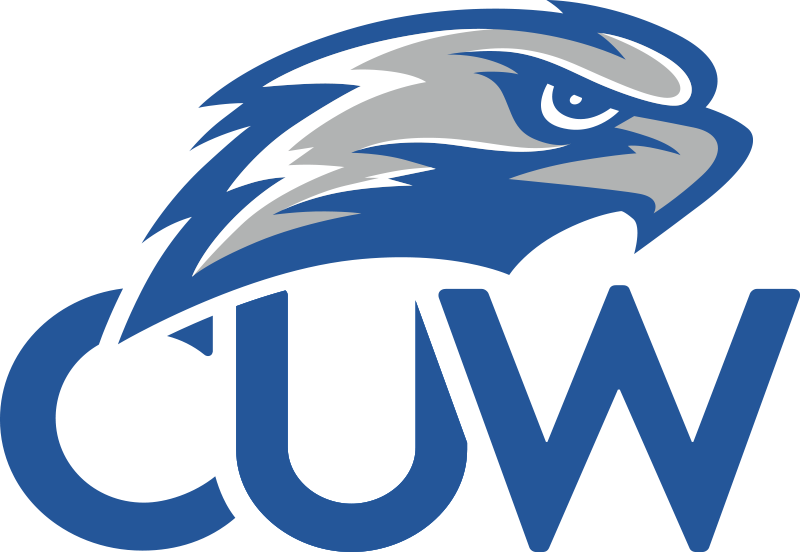
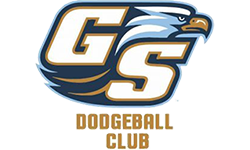


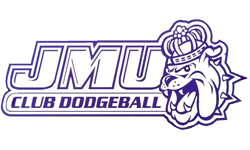







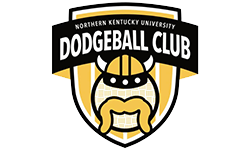







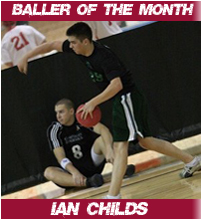 Ian Childs – MSU
Ian Childs – MSU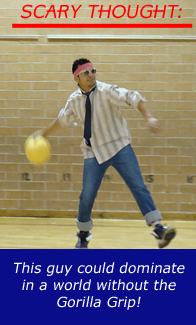
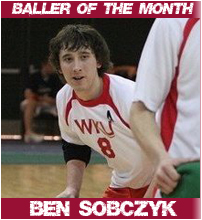 Ben Sobczyk – WKU #8
Ben Sobczyk – WKU #8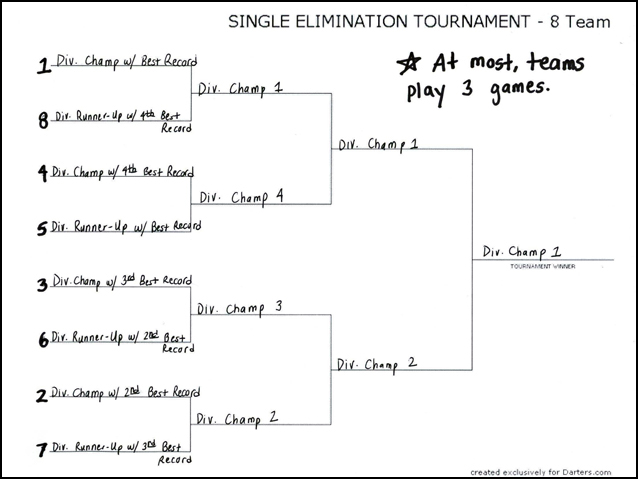
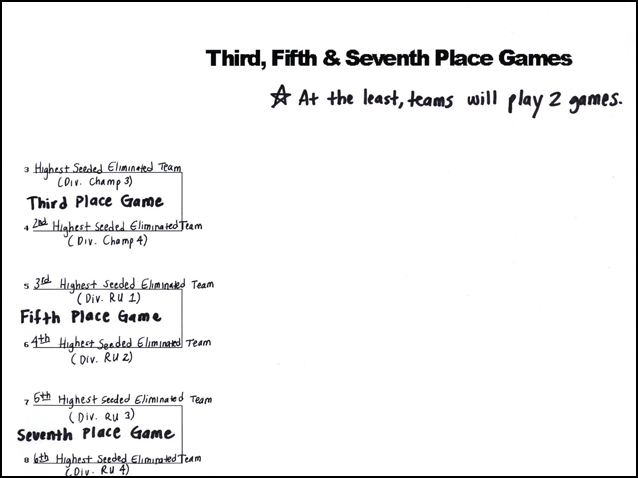
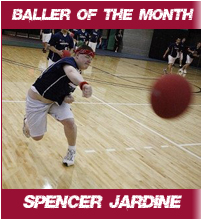 Spencer Jardine – SVSU
Spencer Jardine – SVSU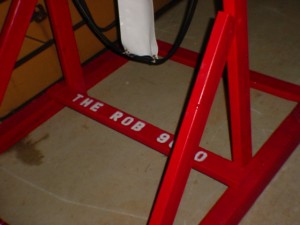
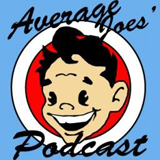 In this episode, Josh and Ben give their takes on the national tournament. Listen to find out their opinion on the league’s best player and mini-games at Nationals next year!
In this episode, Josh and Ben give their takes on the national tournament. Listen to find out their opinion on the league’s best player and mini-games at Nationals next year!
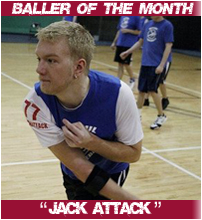 Jack “Attack” Young – DePaul #77
Jack “Attack” Young – DePaul #77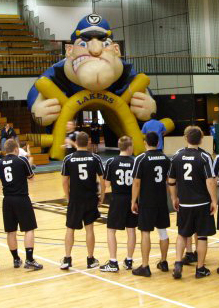 Before April 4, 2009, the concept of Dodgeball Nationals was very foreign to me.
Before April 4, 2009, the concept of Dodgeball Nationals was very foreign to me. Caleb James – GVSU #36
Caleb James – GVSU #36